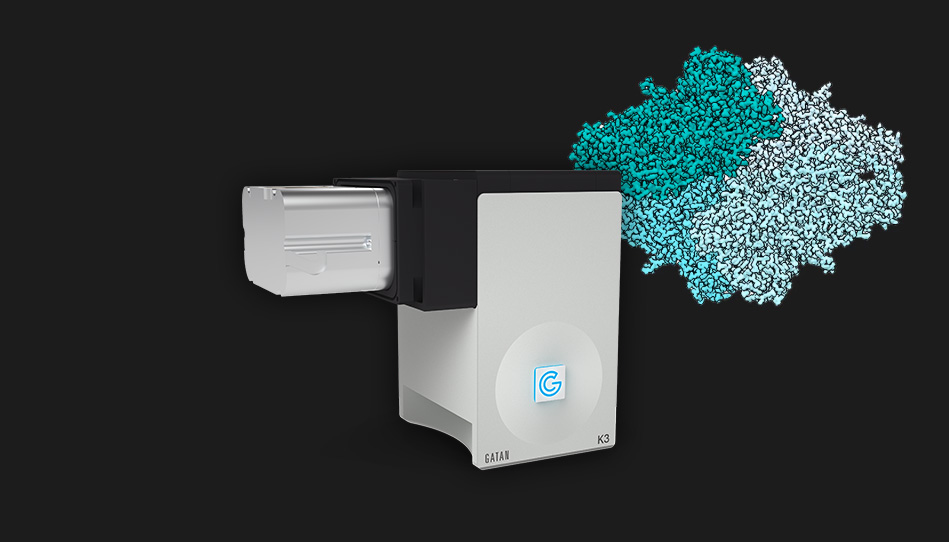1,500 frames per second


The Gatan K3 is a top of the range camera, setting a new benchmark for imaging performance for direct detection cameras. It’s optimised for demanding low-dose applications in both life science and materials science.
The K3 camera is Gatan’s highest specification real-time, single electron counting direct detection camera.
1,500 frames per second
For beam-sensitive materials
For higher image quality
If you already have a K2 camera with a K3 upgrade, you are eligible to get the GPU option for free.
The K3 camera was used to create the first 3D atomic-scale map of coronavirus – more info…
“We’d also upgraded our K2 detector to a K3 detector six months ago so for an average user like me, the key advantage here was the speed with which I could collect the movies. I think we probably doubled the number of movies that we could collect in a single day by moving from the K2 to K3. Also, just the physical parameters of the detector itself are larger – so if you’re trying to get a greater number of particles, this means you can collect fewer movies.”
Daniel Wrapp, University of Texas at Austin
Biomedical, pharmaceuticals, biomaterials and other life science applications.
How cryo-EM is used in structural biology to solve structures at resolutions not possible just a few years ago.
Cryo-EM has been used to generate the first 3D atomic-scale map of the coronavirus (2019-nCoV). This is a key step towards developing a vaccine and treatments for the infection.
An overview of single-particle cryo-electron microscopy. How it works, what it's used for, advantages of the technique and how to get the highest resolution.
How to use low dose TEM to study beam-sensitive materials with reduced damage, using new electron counting camera technology.